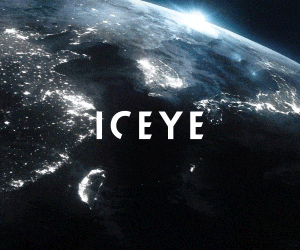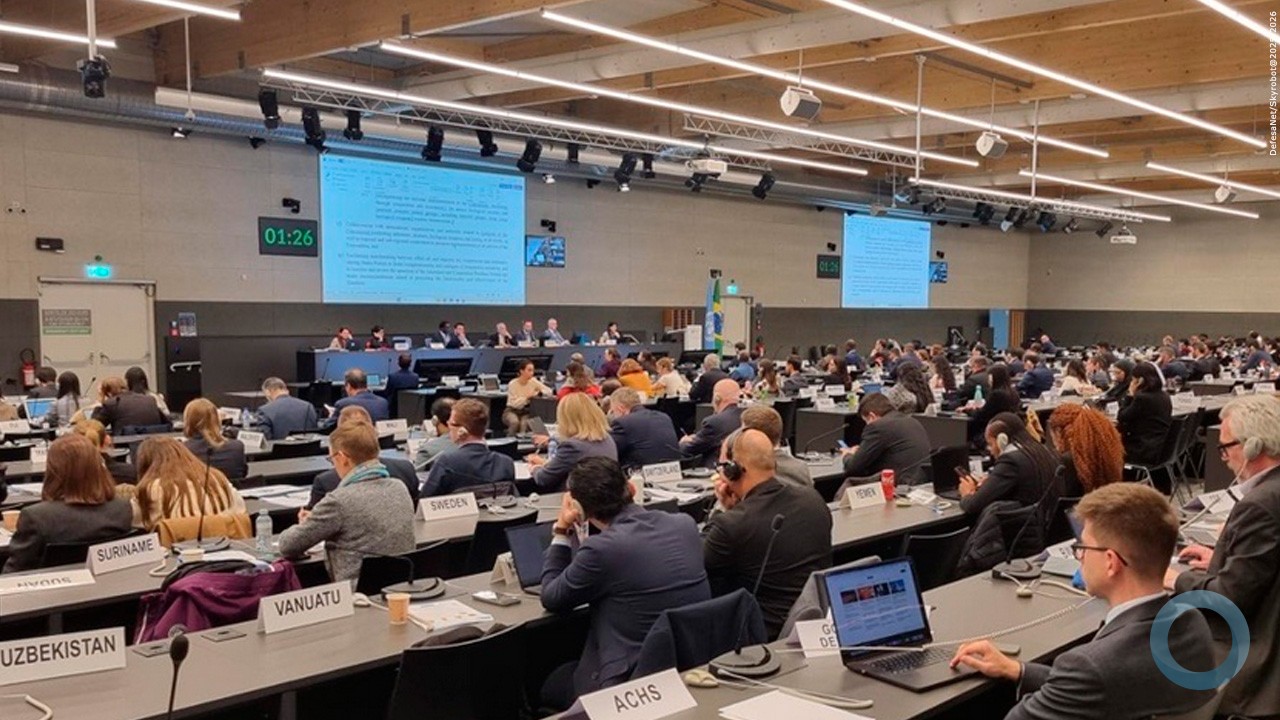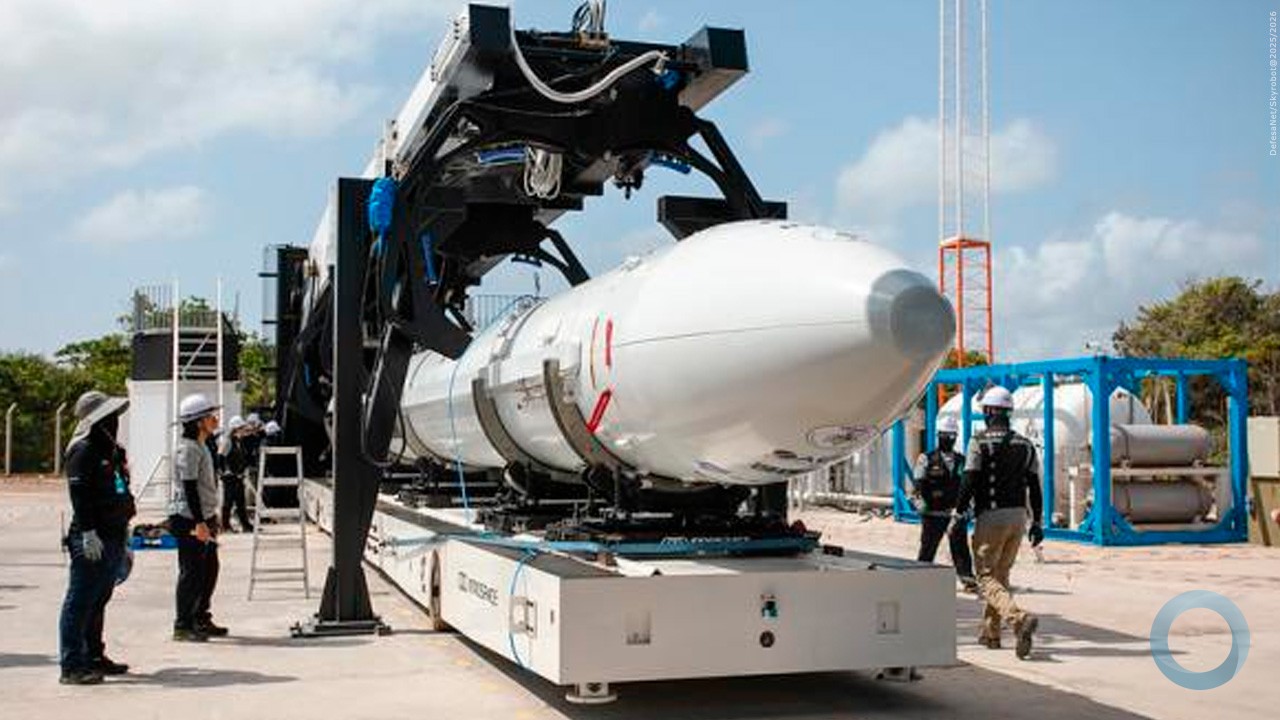Note DefesaNet
Text in portuguese
Geraldo Lino – O que todo o mundo (brasileiros inclusive) precisam saber sobre a Floresta Amazônica Link
The Editor
Geraldo Luís Lino
The author is a Brazilian geologist, former environmental consultant and co-founder and director of the Ibero-American Solidarity Movement (MSIa – www.msiainforma.org); e-mail: geraldoluislino@gmail.com.
1) The Amazon Rainforest biome has an extension of almost 7 million square kilometers shared between Brazil, Bolivia, Colombia, Peru, Ecuador, Venezuela, Guyana, Surinam and the French Guyana. Some 60% of it is in Brazil, where it is preserved in 84% of its original area since the arrival of the Portuguese in 1500 A.D. This mostly untouched area is larger than France, Germany, the United Kingdom, Ireland, Norway, Finland, Holland, Italy, Spain and Portugal together; if it were a country, it would be the world seventh in extension, greater than India.
2) The Amazon Rainforest must not be confused with the Legal Amazon (Amazônia Legal), a geographical region delimited for the purpose of establishing special tax regimes in order to encourage economic activities in the nine Northern Brazilian states, which comprise 61% of the national territory but less than 13% of the country’s population, and account for less than 8% of Brazil’s GDP. Its low living standards can be assessed by the fact that only 13% of its urban inhabitants have access to sewage systems. A great part of the 4 million Brazilians who don’t have a simple toilet at home live there. The region also holds significant parts of other two Brazilian biomes, the Cerrado (savannah) and the Pantanal (wetlands). The Legal Amazon has 5.2 million sq.km; the Brazilian part of the Rainforest, 4.2 million sq.km.
3) The Rainforest is not the “lungs of the world”; its vegetal and animal biotas consume all the photosynthesis-generated oxygen in their process of respiration (yes, plants do breathe), so the net budget is near zero. (And lungs do not produce oxygen, after all.)
4) It is not a functional “carbon sink” either, for as a stable climax ecosystem its net carbon budget is also close to zero (except when it burns). Anyway, if people are worried about carbon, they should support the clearing of the forest and its replacement by the secondary regeneration vegetation (called “capoeira”) instead, that captures the atmospheric carbon during its growth, indeed. By the way, between 2008 and 2012, the area of “capoeiras” grew twice and a half faster than the area of cleared forest (there aren’t more recent data). (Disclaimer: I’m not suggesting this course of action.)
5) The Rainforest is obviously relevant for the biogeochemical cycles of the biosphere but it does not have any significant impact upon the world climate. Its chief contribution for the atmospheric dynamics is to recycle some half of the rainwater coming westwards from the Atlantic Ocean back to the atmosphere by means of evapotranspiration, forming a water vapor flow that is partly re-directed southward. This process is important for the Rainforest itself and its surroundings but its influence can hardly be regarded as global.
6) The much-ballyhooed projections about a feared “tipping point” of deforestation beyond which the Rainforest would suffer a supposedly irreversible “dieback” are just mathematical models without factual evidence. These models may be useful as academic drills but should not be the turf of policymaking. If other biomes are useful for comparison, the Atlantic Forest (Mata Atlântica) covered over 1.3 million sq.km of the Brazilian territory along the coast and has lost 92% of its original area in the 16th century but it did not suffer such a “dieback”. The hypothetical deforestation “tipping point” for the rainforest is 20%, a number that grants appealing apocalyptic forecasts and shocking media headlines but does not fit with the hard facts and the common sense.
7) The annual deforestation rates in the Legal Amazon have been decreasing steadily since the last decade, and are now well under 10,000 sq.km a year. Taking into account that much of this deforestation occurs in the Cerrado, a hypothetical linear projection using such rates suggests that it would take well over 400 years to clear the Rainforest entirely – an absurd scenario that is unimaginable by anyone in their right mind except some delusional and uninformed radical environmentalists, anyway.
8) Much of the deforestation occurs in private properties and government-sponsored settlement areas for small family farmers, meaning that it is legal. The Brazilian 2012 Forest Code allows 20% of the property areas in the Rainforest and 50% in the Cerrado to be cleared for economic use. Unfortunately, the deforestation rates regularly announced in the media do not make this needed distinction.
9) The number of fires in the Legal Amazon (including the Cerrado) has also been falling since the record years of 2004-05; the projections for 2019 are that they will reach half or so the numbers of those years. A good deal of such fires occurs in private properties where people have been using fire as a method of cleaning the terrain for centuries; it’s not the best method but it is what they have access to. It’s relevant to notice that most of the fires are not located in the Rainforest itself but in its Southern transition zone to the Cerrado and the Cerrado itself, as a quick visit to the Fire Information for Resource Management System website (FIRMS, https://firms.modaps.eosdis.nasa.gov/map/#z:3;c:0.0,0.0;d:2019-08-24..2019-08-25) can attest (the Rainforest is grossly delimited by the huge dark green and light green area north of parallel 15oS). Incidentally, one can also observe that Brazil is far from being alone in the current worldwide fire season.
10) There are some 25 million people living in the Legal Amazon, most of them in precarious socio-economic conditions. The vast majority of people who cut trees or make use of fire are not criminals but do it because they need to eke out a living somehow. Keeping in mind the respective proportions, nobody but some stubborn environmentalists are regarding the Germans as environmental criminals because the remnants of the Hambach Forest near Köln are intended to be felled by the RWE energy company in order to get the lignite in the subsoil needed to fuel thermoelectric plants (after chancellor Angela Merkel ordered the closing of several of the country’s nuclear plants for purely political reasons).
11) Brazil is a developing country and is still struggling to find its way towards the full development of its human and natural resources. For the Amazon region, the path is not “preserving” it as a gigantic combo of botanic garden and zoo, as many people seem to think naively. It must begin with the long overdue tasks of land rights regularization, ecological-economic zoning, adding value to the local productions and resources with the best techniques available, improving the infrastructures needed to enable quality of life gains for the local populations and a massive effort of research and development of its vast biodiversity resources, combining research institutions, private enterprises and the precious traditional knowledge of its inhabitants. In short, a kind of an Industrial Amazon 4.0. All this can and must be done with the needed care for the environment and, hopefully, we will be able to put this rational agenda in practice but a fundamental prerequisite for this is to dispel the myths and hysteria surrounding the region and its development.
12) So, people, including foreign leaders and personalities, should inform themselves better before ridiculously blaming Brazil of “threatening the world climate”, or asking for sanctions against the country (mostly motivated by political and economical reasons). And the same goes for many Brazilians who are always willing to reverberate any criticisms against the country coming from abroad, regardless of their seriousness or lack thereof.

































